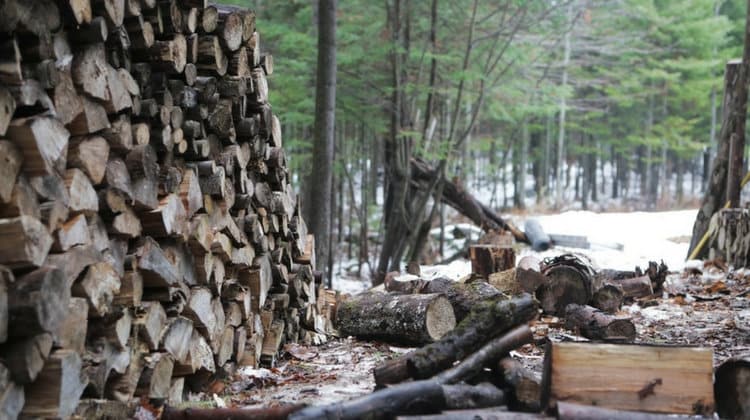government
Trump’s Lumber Tariff Leads to Higher Home Prices for Consumers

President Trump continues to push for his America first policies. Those policies tend to be isolationist. So as Trump looks to increase revenue from imports, it’s a little surprising that he focused his newest tariff at our neighbor to the north; Canada. Even more surprising is that he targeted Canadian soft lumber, which makes up about ⅓ of all the lumber used in construction for homes. Now, with higher lumber tariff, lumber prices are going up 22%, it looks like the big loser here is American homebuyers.
Higher Lumber Tariff, Higher Home Prices
On Monday, the Trump administration took action against Canada for what they cited as a trade dispute. The 20% tariff will be applied retroactively according to Commerce Secretary Wilbur Ross. While the ruling is not yet final, the Commerce Department notes that Canada improperly subsidized its exports and allowed loggers to cut down trees at cheaper rates so that they could in turn sell the lumber at a cheaper price, bringing in more revenue for Canada. That tariff would result in an additional $1 billion a year when imposed on the $5 billion Canada exports to the U.S. yearly.

As a result, U.S. lumber importers are already backing off of Canadian soft lumber, driving up prices 22 percent. Those rising costs get passed on directly to the consumer, as new home costs can be expected to rise by an average of more than $1,200. The Canadian government has gone on record as disagreeing strongly with the ruling. Canadian Prime Minister Justin Trudeau is working to amend the situation and pushing for improvements in NAFTA.

The action comes as a result of a complaint filed to the Commerce Department last fall by the U.S. lumber industry. They claimed Canadian lumber was being sold at less than market value into the U.S. and that Canada heavily subsidizes its own timber industry by offering producers access to wood from government owned land at cheaper rates.
Watch the news clip from CBC News as Trump announces the new tariff on lumber from Canada:
As a result, lumber futures have reached new highs, and traders can expect U.S. timber stocks to rise up.
Is Apple building satellites? Get the whole story here.
Follow us on Facebook and Twitter for more news updates!
The statements, views, and opinions of any article, contribution, editorial, or advertisement in this publication are not necessarily those of The Capitalist or its editorial staff, and are not considered an endorsement, sponsorship, or recommendation of any referenced product, service, issuer, or groups of issuers.
This publication provides general information about certain subjects, and should not be construed or taken as advice (legal, financial, investment, tax, or otherwise). Do not construe or take any information in this publication as a solicitation, offer, opinion, or recommendation to buy or sell any securities, bonds, or other financial instruments or to provide any legal, financial, investment, tax, or other advice or service about the suitability or profitability of any financial instruments or investments.
The Capitalist disclaims any liability for the accuracy of or your reliance on any statements, views, opinions, or information in this publication.
-
The U.S. does not produce enough lumber to build all its houses so needs to import lumber. Why cut your own throats by putting a tariff on Canadian lumber and perhaps losing thousands of your own jobs?
-
What is the reason for the U. S. not producing enough lumber? Gee, I wonder why we cannot cut lumber without jumping through all sorts of hoops that the EPA and other tree-huggers constantly fight the cutting of trees. Are they so dense that they don’t understand that big lumber doesn’t understand that they won’t cut themselves out of living? The old hard-wood forests take a lot longer to repopulate while the soft lumber used for housing construction has a comparatively short growing time before they are ready for harvest.




Pingback: U.S. Steel's Negligence Puts the Company Years Away From Booming